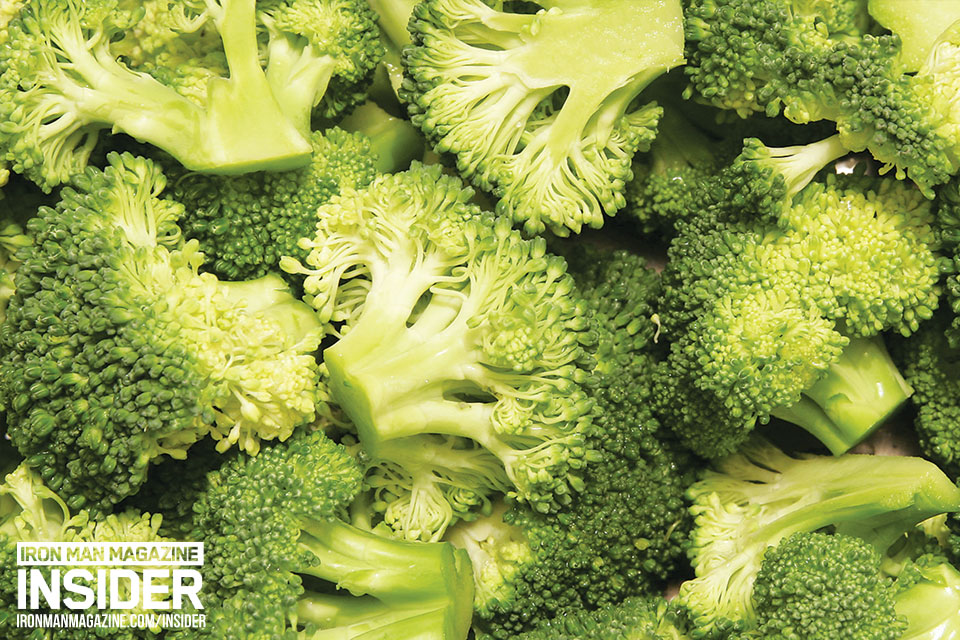


Because leucine is the key amino acid involved in muscle protein synthesis (anabolism), it is the star among branched-chain amino acids (BCAAs). In a study that provides very useful information to the muscle-conscious hardcore lifter Tyler Churchward-Venne and colleagues assessed the effects of supplementing with different post-workout drinks on muscle protein synthesis after training.
Five supplement variations were measured: 1) 25 grams of whey protein providing 3 grams of leucine; 2) 6.25 grams of whey protein providing 0.75 grams of leucine; 3) 6.25 grams of whey protein combined with 3 grams of total leucine; 4) 6.25 grams of whey protein combined with 5 grams of total leucine; and 5) 6.25 grams of whey protein combined with BCAAs containing 5 grams of total leucine.
Ninety minutes after ingestion, all drinks significantly increased muscle protein synthesis above resting levels. Between 90 minutes and 4.5 hours after ingestion, all drinks still stimulated a significant increase in muscle protein synthesis above resting levels, but the increase was greatest for drink number 1 (25 grams of whey protein, which contained 3 grams of leucine) and drinks numbers 4 and 5 (6.25 grams of whey protein with leucine content totaling 5 grams).
This study shows that you don’t have to “overdose” on protein immediately post-training to turn on the anabolic switch. A low-protein (6.25 grams) mixed macronutrient beverage can be as effective as a high-protein dose (25 grams) for stimulating increased muscle protein synthesis rates. The key ingredient for success here appears to be leucine, which should be supplemented with a high amount (approximately 5 grams total). In this study, “less is more,” and these results have important implications for formulations of post-workout protein drinks designed to enhance muscle anabolism.
[Churchward-Venne, Tyler A., et al. “Leucine supplementation of a low-protein mixed macronutrient beverage enhances myofibrillar protein synthesis in young men: a double-blind, randomized trial.” The American Journal of Clinical Nutrition 99.2 (2014): 276-286.]






















You must be logged in to post a comment Login